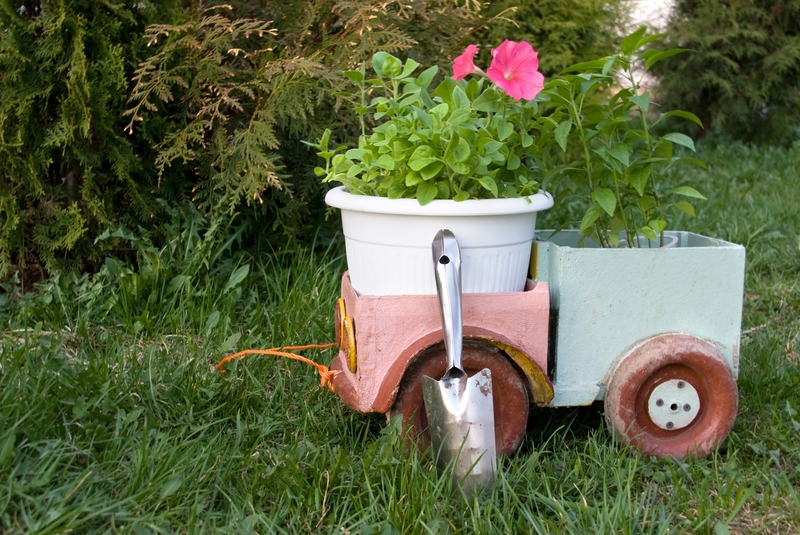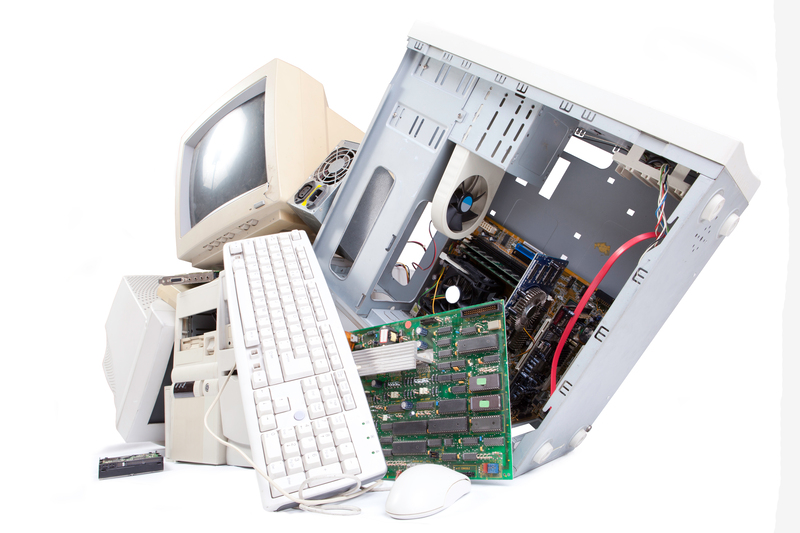Unveiling Secrets Behind Effective Glass Recycling
In today's environmentally-conscious world, effective glass recycling is no longer just an option; it's an imperative. As we delve into the complexities of glass recycling processes, it's crucial to understand why it's significant and how it impacts our environment, economy, and future.
The Importance of Glass Recycling
Glass is a 100% recyclable material, meaning it can be recycled infinitely without loss of quality or purity. Recycling glass not only conserves valuable natural resources but also significantly reduces carbon emissions and energy consumption.
Environmental Impact
- Conservation of Natural Resources: Recycling one ton of glass saves over a ton of natural resources.
- Reduction in Carbon Footprint: Recycled glass reduces CO2 emissions by approximately 200 pounds per ton.
- Energy Saving: Producing new glass from recycled materials requires 40% less energy than manufacturing from raw materials.

The Process of Glass Recycling
Understanding the process of glass recycling is crucial for improving its efficiency. Let's explore the various stages involved in this elaborate process.
Collection and Transportation
Glass recycling begins with collection and transportation. Local councils and private companies often provide glass collection services from kerbside recycling, bottle banks, or recycling centers. It's vital to ensure the glass is clean and free from contaminants. Post collection, the glass is transported to recycling facilities.
Sorting and Cleaning
At the recycling facility, glass is sorted by color: clear, brown, and green. Proper sorting is essential as different glass types melt at different temperatures. This phase also involves cleaning the glass to remove any impurities, labels, or debris, which could detrimentally affect the recycling process.
Crushing and Melting
The cleaned and sorted glass is then crushed into small pieces known as cullet. The cullet is melted in furnaces and molded into new glass products. The integration of cullet with raw materials like sand and limestone in the furnace leads to effective recycling.
Manufacturing and Distribution
Once the molten glass is molded into new products, it is cooled and inspected for quality before being dispatched for distribution. This final phase signifies the success of the glass recycling process.

Challenges and Solutions in Glass Recycling
Despite its benefits, the glass recycling industry faces several challenges, including contamination, collection inefficiencies, and lack of consumer awareness. However, innovative solutions are being developed to address these issues.
Contamination Issues
One of the primary obstacles in glass recycling is contamination. Impurities like ceramics, metals, and organic residues can damage recycling equipment or lower the quality of the recycled glass.
Improving Collection Efficiency
- Single-stream recycling: Encourages increased participation by consumers due to ease of use.
- Deposit return schemes: Financial incentives for returning glass bottles to collectors, increasing recovery rates.
Raising Consumer Awareness
Public education campaigns and community initiatives play a crucial role in promoting the benefits of glass recycling and offering guidance on proper recycling habits.
The Future of Glass Recycling
Emerging technologies and innovative practices are paving the way for a more sustainable future in glass recycling. Let's look at some trends that are shaping the industry:
Advanced Sorting Technologies
Technologies like Artificial Intelligence (AI) and robotics are being utilized to enhance sorting accuracy, reducing contamination, and improving the quality of the recycled glass.
Decentralized Recycling Models
There is a growing trend toward decentralized recycling facilities which process glass at the local level. This reduces transportation costs and promotes local economies.
Increased Use of Recycled Content
Manufacturers are progressively increasing the content of recycled glass in their products, demonstrating a shift towards a circular economy.
The secrets to effective glass recycling lie in a multifaceted approach that incorporates technological advances, improved infrastructure, and active consumer engagement. Only through these concerted efforts can we unlock the full potential of glass as a sustainable resource. Let's pledge to make glass recycling a priority to protect our planet for future generations.